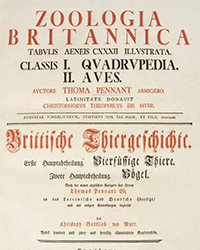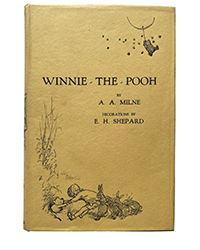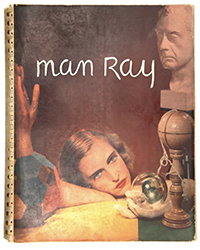Rare Book Monthly
Dawson's Book Shop: Celebrating their 100th Year
Research libraries, university and institutional, soon emerged as the firm's largest and most consistent customers as the instinct to develop collections of disappearing material became a widely held passion. Books and ephemera remained accessible and affordable and institutions looked to experienced dealers to help them find it. For Muir and Glen this was the same business their father had developed only aimed in a different direction and it marked the family's ability to adjust to changing times. Well into the 1980s libraries would remain a crucial component in the customer mix. During those years Glen would issue two groups of publications: The early California Travel Series as 50 volumes between 1951 and 1961 and the Baja California Travel Series as an additional 50 volumes between 1965 and 1992. Edwin Carpenter, of the Huntington, would co-edit the second series and these publications would become collectible in their own right.
During the second generation the world changed and Dawson's changed with it. Where European material had been the inventory Ernest relied upon, for the sons, American material emerged as primary. What libraries sought to buy and Dawson's sought to supply was Americana and increasingly western Americana and the two long series on California solidified Dawson's role as a primary source in this field. For Dawson's the ability to add scholarship fit the firm's changing personality and the increasingly close relationship to educational institutions.
Books age better than people and in time Glen and Muir retired. Muir passed away earlier this year at 83 while Glen, at 92, remains sharp and is still interested in the world of books.
Today responsibility for steering the ship through the next transition rests with Michael Dawson, Muir's son, and the options and possibilities are daunting and intriguing. What is increasingly difficult is to reconcile Dawson's, as defined by its history, with the world of books as framed by society's changing relationship to reading, books and collecting. The internet of course is the heat under the pot but books, as collectible artifacts, would be under pressure in any event to yield time, money and space to the more complex life styles that people today lead. Some people still read in the easy chair, settled in by the fire, and absorb the complete thoughts that the best books express. But such people are fewer and they are older and increasingly moving past their collecting primes. For Dawson's the challenge is to connect with the next generation.
Today this transition is underway and it is taking more than books to get it done. For the past ten years Michael has been using the building his father and uncle built in 1967 to showcase photography that has become, through the lens of gifted photographers, a bridge between the printed word and the visual world of television and movies. And Michael is finding a willing audience that values it.





![<b>Sotheby’s:</b> Ernest Hemingway. <i>Three Stories And Ten Poems,</i> [Paris], (1923). First edition of Hemingway’s first published book. $75,000. Sotheby’s: Ernest Hemingway. Three Stories And Ten Poems, [Paris], (1923). First edition of Hemingway’s first published book. $75,000.](https://ae-files.s3.amazonaws.com/AdvertisementPhotos/acf970a0-a15d-4c79-aa24-5e8e414cb465.png)




